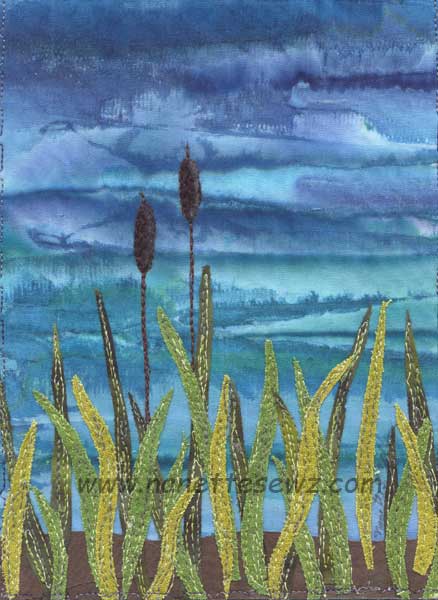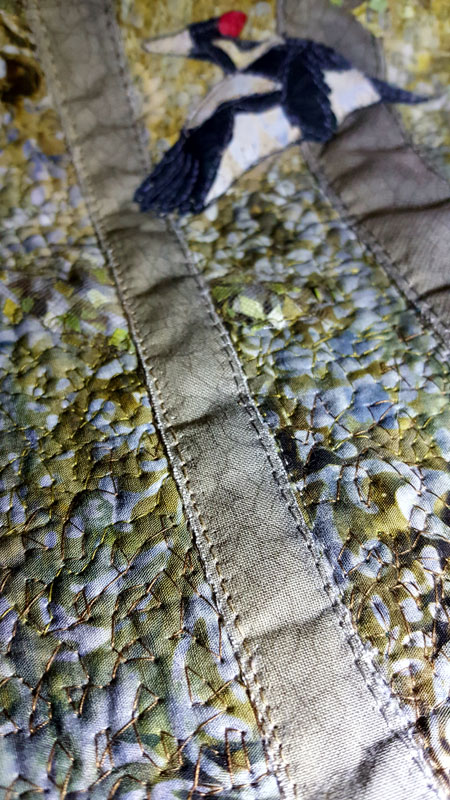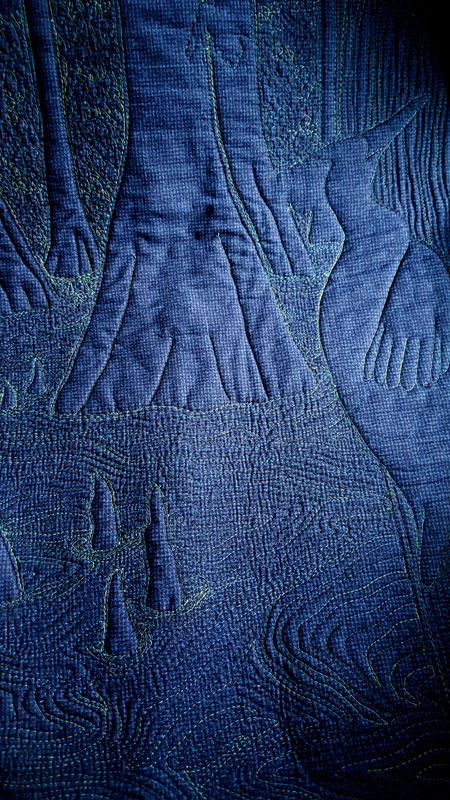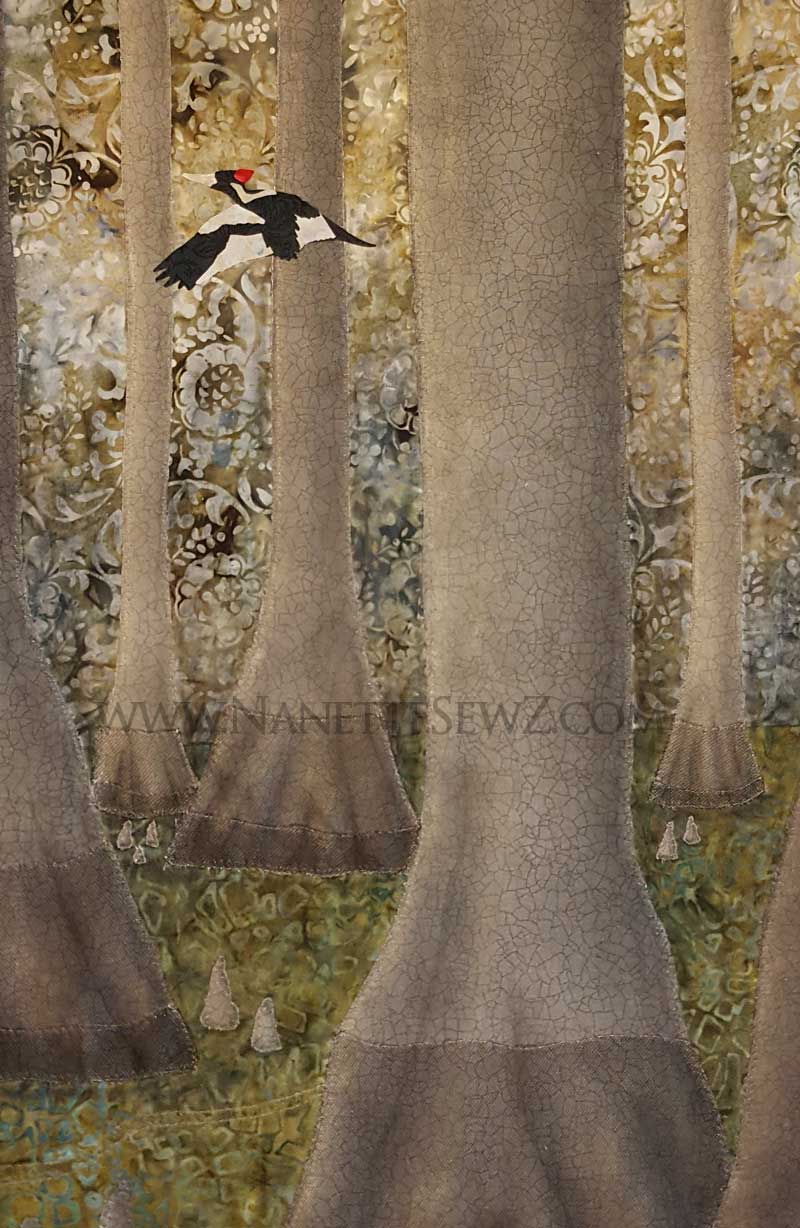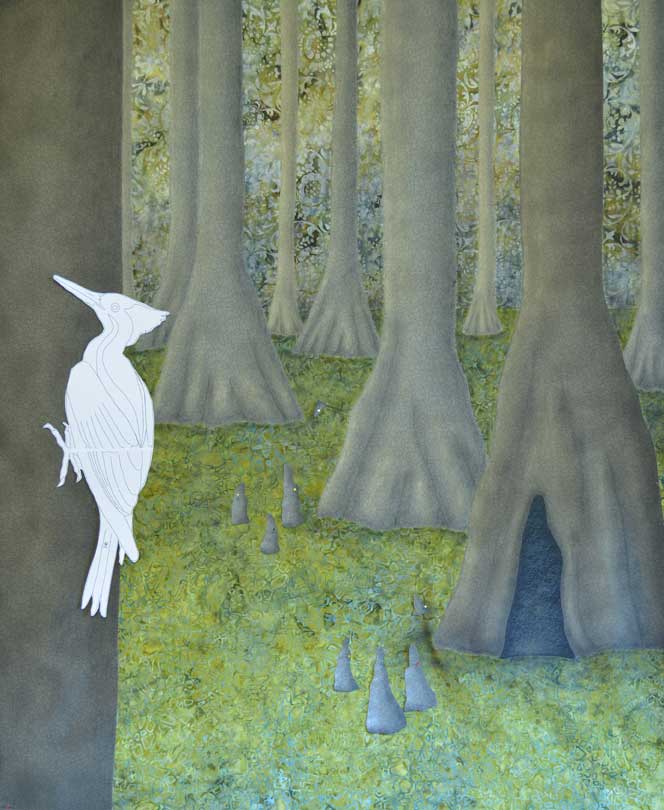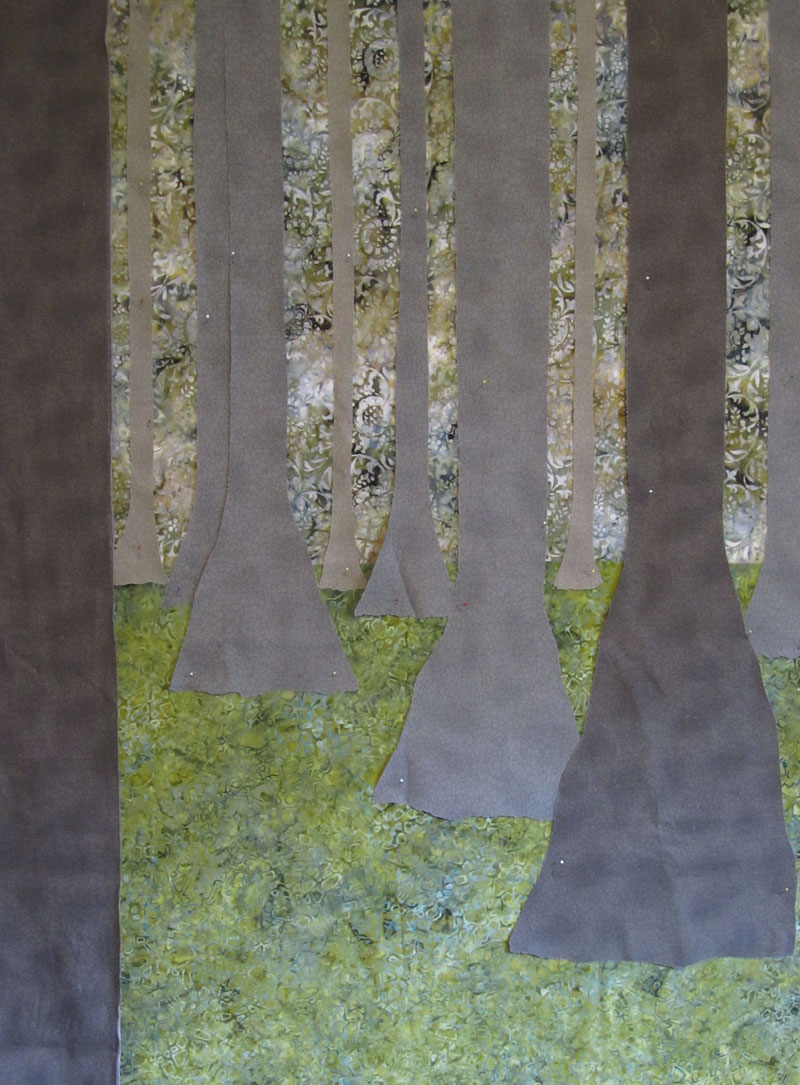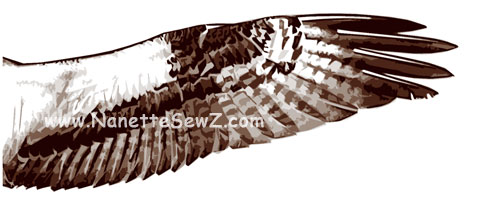I’ve mentioned before that my artistic voice is nature inspired-art which frequently carries an environmental message. Last week I completed a new piece which definitely fits this concept. A few weeks ago I read an article which reported that in early October (2016) seven bee species in Hawaii had been listed as endangered by the US Fish and Wildlife Service.
This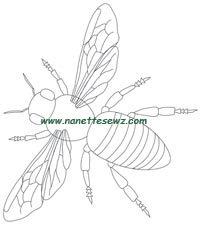 topic concerns me…a lot! Back in September, millions of bees were killed in an attempt to control the mosquito population (and spread of the Zika virus). For many years, there’s been concern about the survival of bees. We need these pollinator species in order to grown food. Yeah…the demise of bees concerns me.
topic concerns me…a lot! Back in September, millions of bees were killed in an attempt to control the mosquito population (and spread of the Zika virus). For many years, there’s been concern about the survival of bees. We need these pollinator species in order to grown food. Yeah…the demise of bees concerns me.
So in response to the USFWS news, I created a new art piece entitled “Bee-Taken.” I thought you might find it interesting to read how I created it.
I start by using Adobe Illustrator to create illustrations or line drawings of my imagery. Once I have the drawings, I can resize them to fit my requirements for the finished piece. What’s great about this process is I’m building a library of illustrations which I can reuse for future projects.
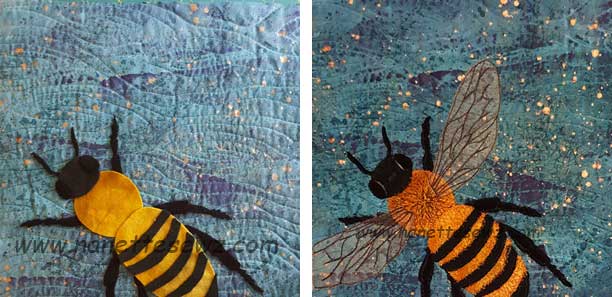 When I’m making my art quilt, I use the line drawing as a template to cut out the fabric pieces. In this case, I decided to make the bee out of wool felt. Using a light box or window, I traced the pattern elements (body, head, legs, etc) onto freezer paper. Then, I ironed the freezer paper to the right side of the wool and cut out the parts following the lines on the freezer paper template.
When I’m making my art quilt, I use the line drawing as a template to cut out the fabric pieces. In this case, I decided to make the bee out of wool felt. Using a light box or window, I traced the pattern elements (body, head, legs, etc) onto freezer paper. Then, I ironed the freezer paper to the right side of the wool and cut out the parts following the lines on the freezer paper template.
Once I had all the wool body parts, I laid out my design on my background fabric. Then, I stitched around the pieces to hold them in place. After all the body parts were secured, I began thread painting. Using wild zig-zag stitching in coordinating thread colors, I created the fuzzy feel of the bee. I used a similar technique to apply tulle (commonly found in wedding veils and tutus) onto the bee to create the transparent wings. Fabric is very 2-dimensional and I really don’t like using it by itself, so I strive to create texture and 3-d effects. The photos shows the difference of before and after thread painting.
This piece accurately represents my vision. When you look at it, you don’t see a shouting statement and I don’t want there to be. However, I frequently do want there to be underlying statement in my art. In this case it says, “Save the Bees.”
Join me for:
“Paper, Canvas, Cloth”
November 4 – December 17, 2016
Campbell House Galleries, Southern Pines, NC
featuring the work of
Sharon Ferguson, Marilyn Vendemia, & Nanette S. Zeller

